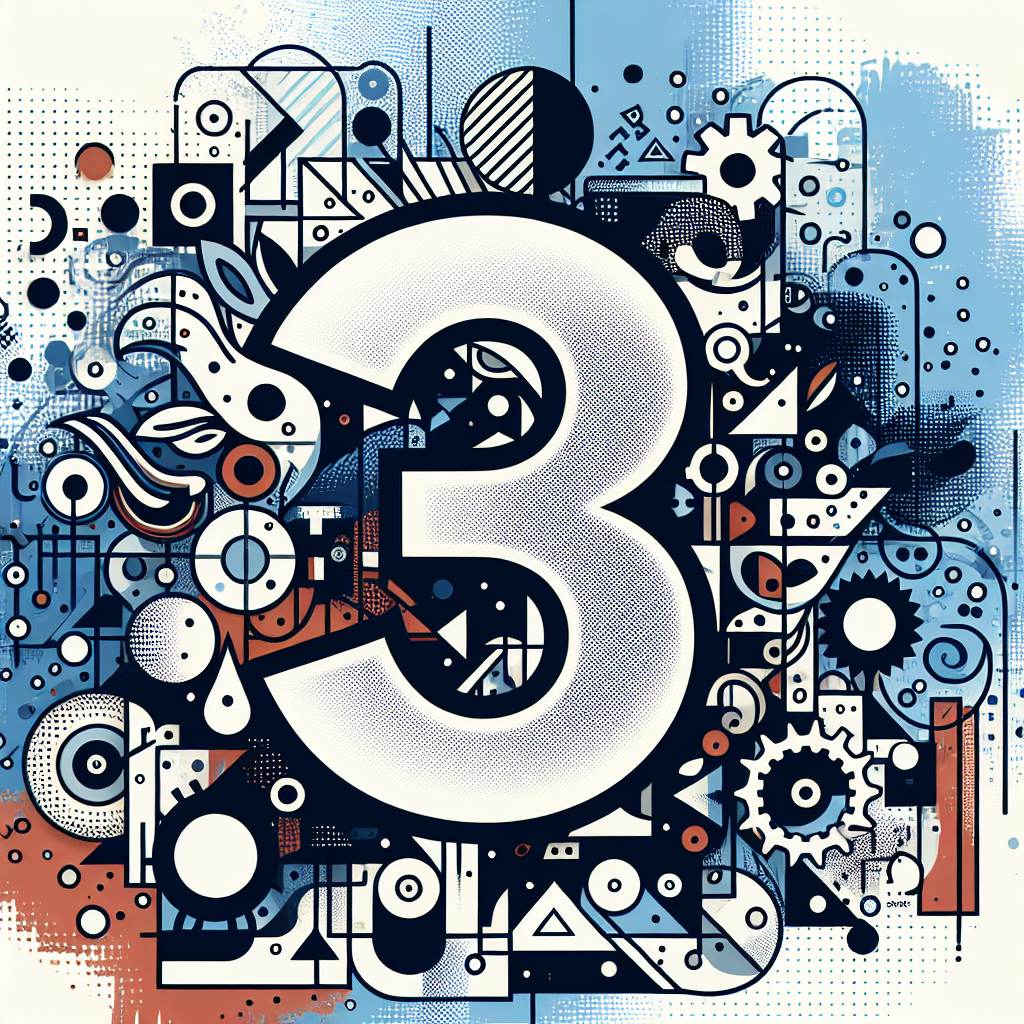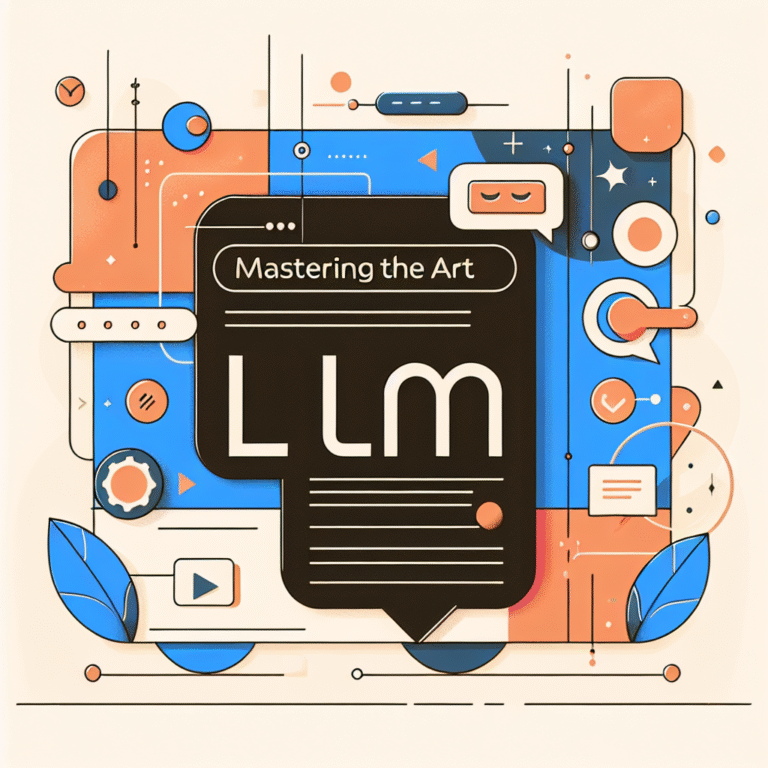How to Create a Prompt from an Image Easily
Have you ever found yourself gazing at a picture and wondering how it could inspire creativity or solve a problem? Creating a prompt from an image is a powerful technique that can unlock your imagination and guide your thought process. But how exactly does one go about it? In this article, we’ll explore the concept of deriving prompts from images, a method that’s often overlooked yet incredibly effective. You’ll learn why it’s beneficial, how to do it step by step, and discover practical examples to help you implement this strategy in your personal or professional life.
Understanding Image Prompts

Images have long been a source of inspiration, whether it’s a breathtaking landscape, a thought-provoking painting, or even a simple photograph. The ability to create a prompt from an image involves translating visual cues into words or ideas that can guide your thinking or writing. It’s a technique heavily used in creative writing, brainstorming sessions, and even in educational settings to stimulate discussion and analysis. By engaging with the visual elements, individuals can explore new dimensions of creativity and problem-solving.
Why Use Image Prompts?
Using image prompts can break creative blocks and inspire new ideas in ways traditional prompts might not. They engage different parts of your brain, tapping into visual processing to spark imagination. In my experience, when I hit a wall in my writing, an image can jolt me out of stagnation and into a flow of ideas. It’s about seeing beyond the obvious and interpreting what an image suggests to you personally. This process is particularly beneficial as it:
- Engages visual and cognitive skills, enhancing overall creativity.
- Sparks creativity and innovation by connecting disparate ideas.
- Encourages deeper thinking and reflection, leading to more enriched outcomes.
Step-by-Step Guide to Creating prompts from Images
Creating a prompt from an image might sound intimidating, but with the right steps, it can become a rewarding habit. Here’s a structured approach to help you harness the power of visual inspiration.
Step 1: Choose Your Image Wisely
Selecting the right image is crucial. It should be something that resonates with you or aligns with the theme you’re exploring. Look for images that evoke emotion or tell a story, as these are more likely to inspire rich prompts. Here’s how you can do it:
- Identify the purpose: What do you hope to achieve with the prompt?
- Select an image that aligns with your goal.
- Consider the elements within the image that stand out or intrigue you.
- Ensure the image is complex enough to elicit diverse interpretations.
Step 2: Observe and Reflect
Take a moment to study the image carefully. What do you notice? What feelings or thoughts does it bring up? Write down your immediate reactions. This reflective process includes:
- Noting the colors, shapes, and any notable features that catch your eye.
- Considering the context of the image: What story is it telling, and how does it relate to your theme?
- Reflecting on personal associations or memories it evokes, adding a layer of personal insight to the prompt.
Step 3: Formulate Your Prompt
Now, translate your observations into a prompt. This could be a question, a theme, or an idea. The goal is to create a starting point that you or others can use to explore the image further. To effectively craft your prompt:
- Begin with open-ended questions: “What if…?”, “How might…?”
- Frame your prompt around the emotions or questions the image raises.
- Ensure it encourages exploration and creativity, inviting diverse perspectives.
- Test the prompt by discussing it with others, refining it based on feedback.
Real-World Examples of Image Prompts
To give you a better idea, let’s dive into some examples of how image prompts can be used in various scenarios. This will illustrate the versatility and effectiveness of the technique in different contexts.
Creative Writing

Imagine a solitary tree in the middle of a desolate landscape. A prompt could be: “Describe a day in the life of someone living in this isolated world.” This encourages writers to explore themes of solitude and resilience. By using such prompts, writers can delve into character development and narrative settings, enhancing their storytelling capabilities.
Business Strategy
An image of a bustling city street might prompt questions about consumer behavior or urban development. “How can businesses thrive in such a dynamic environment?” prompts strategic thinking. This approach is particularly useful in brainstorming sessions where visual cues can lead to innovative business solutions and strategies.
The Benefits of Image-Driven Creativity
Using images to create prompts not only enhances creativity but also fosters a deeper connection with the subject matter. It encourages a level of engagement that purely textual prompts may lack. This engagement is beneficial because it:
- Improves observational skills by encouraging detailed analysis of visual elements.
- Enhances interpretative abilities, allowing for more nuanced understanding and expression.
- Promotes empathetic understanding, as individuals imagine different scenarios and perspectives.
Case Study: Educational Applications
In educational settings, teachers use image prompts to spark discussion and critical thinking in students. For instance, a historical photograph can be used to prompt discussion about the era it represents, encouraging students to research and present their findings. This method not only makes learning more interactive but also helps develop critical thinking and analytical skills among students.
Challenges and Solutions
While creating prompts from images is a potent tool, it does come with challenges. One common issue is the potential for misinterpretation. Different people might see different stories in the same image, which can lead to diverse but valuable outcomes. However, this diversity can also be a strength, enriching the creative process.
Overcoming Misinterpretation
Encourage open discussion about how different individuals perceive the same image. This not only broadens the scope of ideas but also enriches the collective understanding of the prompt. To manage this effectively:
- Facilitate group discussions to explore various perspectives, ensuring a wide range of ideas are considered.
- Encourage individuals to justify their interpretations, fostering a deeper understanding of different viewpoints.
- Use these discussions to refine and expand prompts, adapting them to be more inclusive and comprehensive.
Looking Ahead: The Future of Image Prompts
As technology advances, the use of image prompts is likely to become more sophisticated. With tools like artificial intelligence, we can generate more nuanced prompts, tailored to specific needs and contexts. AI-driven analysis could transform the way we approach creativity, offering suggestions that are more aligned with psychological and emotional cues present in images.
Imagine AI analyzing an image and suggesting prompts based on psychological or emotional cues. This could revolutionize how we approach creativity and problem-solving, making the process more intuitive and personalized. The future of image prompts could see a fusion of technology and creativity, offering endless possibilities for innovation.
Conclusion: Embrace the Power of Images
Creating prompts from images is an enriching practice that taps into the innate human ability to see stories in pictures. Whether you’re an educator, a writer, or someone looking to spark new ideas, this technique offers a fresh avenue for exploration. So next time you find yourself staring at an intriguing image, remember: there’s a world of prompts waiting to be discovered. Embrace this method as a way to unlock your creativity and challenge your thinking.





